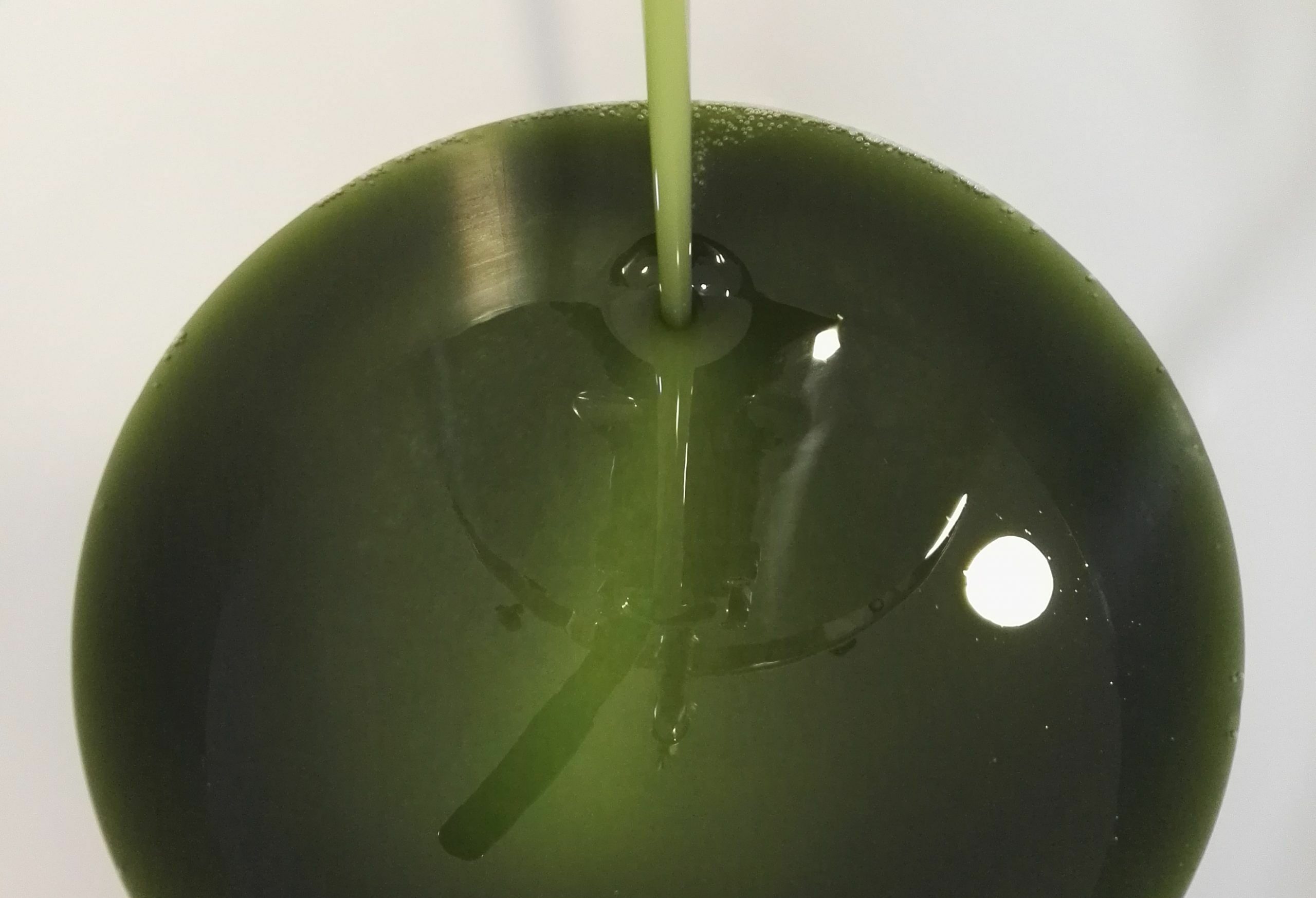
The natural cosmetic from its birth as an idea to its release on the market. Or the birth of the elephant.
In this technological world in which we move, we are used to immediacy, to living, eating, seeing and feeling rapidly. Thus, with this beginning you are going to think that what I intend with this article is to claim a world that is slower and healthier, sustainable and happier. However, no. Not now. We will leave this exciting topic, because it deserves it, for another entry. The natural cosmetic.
What I intend to show is simple: that a cosmetic does not emerge as an idea today and hit the market tomorrow. The path between point a (idea) and point b (market) is considerably longer and more complex than it might seem at first glance. Because? Well, above all because it is necessary to guarantee compliance with legal requirements and the safety of the cosmetic product throughout its useful life. The regulations are very clear on this.
The regulation governing the manufacture and marketing of cosmetic products ( REGULATION (EC) No. 1223/2009 OF THE EUROPEAN PARLIAMENT AND OF THE COUNCIL of November 30, 2009 on cosmetic products ) says in its article 3, very clearly that for For a cosmetic to go on the market, its safety must be guaranteed: “Cosmetic products that are marketed will be safe for human health when used under normal or reasonably foreseeable conditions of use.” This safety implies that it has been manufactured following good manufacturing practices, that its ingredients are safe, that the product itself is safe, because it is stable over time and because it will be able to be preserved and resist the usual use to which it may be subjected. throughout its useful life.
And all this must be supported by as many documents as necessary: standardized work procedures, technical documentation of ingredients, challenge test, analysis of stability and compatibility with the container, safety file of the cosmetic product, safety evaluation of the cosmetic product… How many things, by God! Well yes. The birth of a cosmetic is more similar to the gestation of an elephant than to the mouse that scares it. Below we summarize the most relevant phases in this long gestation process ☺:
First phase. Design of the formula and search for the ingredients of the natural cosmetic.
Depending on who the cosmetic is intended for and its function, the problem to be solved, the cosmetic form is selected (emulsion, lotion, solution, suspension, tablet, balm, etc.) and consequently the ingredients and their concentrations. .
The process of choosing ingredients is especially laborious in certified natural cosmetics, since it is necessary to ensure that the chosen ingredients, in addition to being safe, meet the requirements established by the standard on the basis of which the product will be certified. This implies compiling all the technical information available on each of the potential ingredients that then facilitates both the choice of the most suitable ingredient for our project and the creation of a product information file that is as complete as possible. On the other hand, the search for active ingredients with different functions and properties, supported by in vivo and/or in vitro studies according to the characteristics of the cosmetic, is also very important to guarantee the success of the product (the natural cosmetic).
Photography by Matt Briney
Second stage. Development of prototypes or different formulation proposals.
Once the different options of ingredients that will be part of our natural cosmetic have been selected, the next step consists of developing prototypes for our cosmetic product in which the candidate ingredients are tested and their a priori result in each formula proposal, both from the from an organoleptic point of view (texture, color, shine, fragrance, apparent viscosity) and from the point of view of its sensory analysis and sensation on the skin: texture and consistency, extensibility, afterfeel, absorption .
In the choice of the prototypes, other factors related to the ingredients are also taken into account, such as: safety criteria, available documentation, existence of similar ingredients on the market, cost, ease of handling and incompatibilities with other ingredients, etc. In the process of choosing the final formula, previous stability studies are normally used (centrifugation tests, alternate temperature cycles, viscosity and ph control, specific analyzers such as Lumisizer, etc.) that help rule out unstable proposals.
Third phase. Choice of final formula and container. Carrying out studies prior to market introduction.
Once the formula for our cosmetic product has been chosen, we must ensure that the chosen preservative system is adequate to guarantee the safety of the product throughout its useful life. In other words, it will be able to maintain its characteristics over time, until the expiration or consumption date, once opened, indicated on its label, without spoiling and without causing damage to its user under the normal conditions of use. This study is called “Challenge test” and consists of the controlled inoculation of a standardized series of strains of bacteria and fungi in order to verify that the preservative system can effectively deal with these microorganisms.
On the other hand, the product is subjected to an accelerated stability analysis that consists of subjecting the product to extreme temperature conditions to simulate the aging of the product and thus be able to estimate both its stability over time and expiration. In addition, a compatibility study with the packaging is carried out to establish the possible interaction between the packaging material and the product and thus guarantee its safety.
Depending on the results obtained in these analyses, it may be necessary to reformulate, adjust the formula or change the packaging and therefore carry out the pertinent analyzes again.
Fourth phase. Cosmetic claims and safety studies.
REGULATION (EU) Nº 655/2013 OF THE COMMISSION of July 10, 2013, which establishes the common criteria to which claims relating to cosmetic products must respondmentions the claims or claims. Regulation 1223 says in its article 12: “In the labeling, marketing and advertising of cosmetic products, texts, denominations, brands, images or any other figurative symbol or not will not be used, in order to attribute to these products features or functions that they lack.” That is, the claims must be true and must be demonstrable. The most common is to do it through efficacy and safety studies. The studies carried out and the documentary support that support the claims must accompany the safety file of the cosmetic product.
Fifth phase. Regulatory: Legal documentation of the cosmetic. Preparation of the cosmetic product information file and safety evaluation.
Chapter III of Regulation 1223 establishes that “before a cosmetic product is placed on the market, it must have been subjected to a safety assessment based on relevant information, and a safety report must have been prepared.” of the cosmetic product. This safety report and the safety assessment are part of the natural cosmetic product information file. The safety file is a dynamic document that must be kept up-to-date and must be available at the address indicated on the natural cosmetic label for at least 10 years from the date the last batch of the product was placed on the market.
Sixth phase. Notification on the Cosmetic Products Notification Portal (CPNP).
Prior to placing it on the market, a series of data related to the cosmetic product must be notified to the Commission. The objective of this portal is to centralize information at a European level and facilitate cosmetovigilance tasks.
Seventh phase: Market introduction. Congratulations, it was finally born!
Photography by Ornella Binni
The time in which this whole process takes place, in which other tangential but no less important aspects such as packaging design, cost analysis and marketing plan have not been considered, to simplify, is usually not less than 6 months. and it is not uncommon for it to last up to 18-24 months depending on the complexity of the product, the necessary studies and the means and size of the manufacturing or responsible company. As said, the birth of the elephant.
Maria Encinas Escribano, Responsible Technician and CEO

